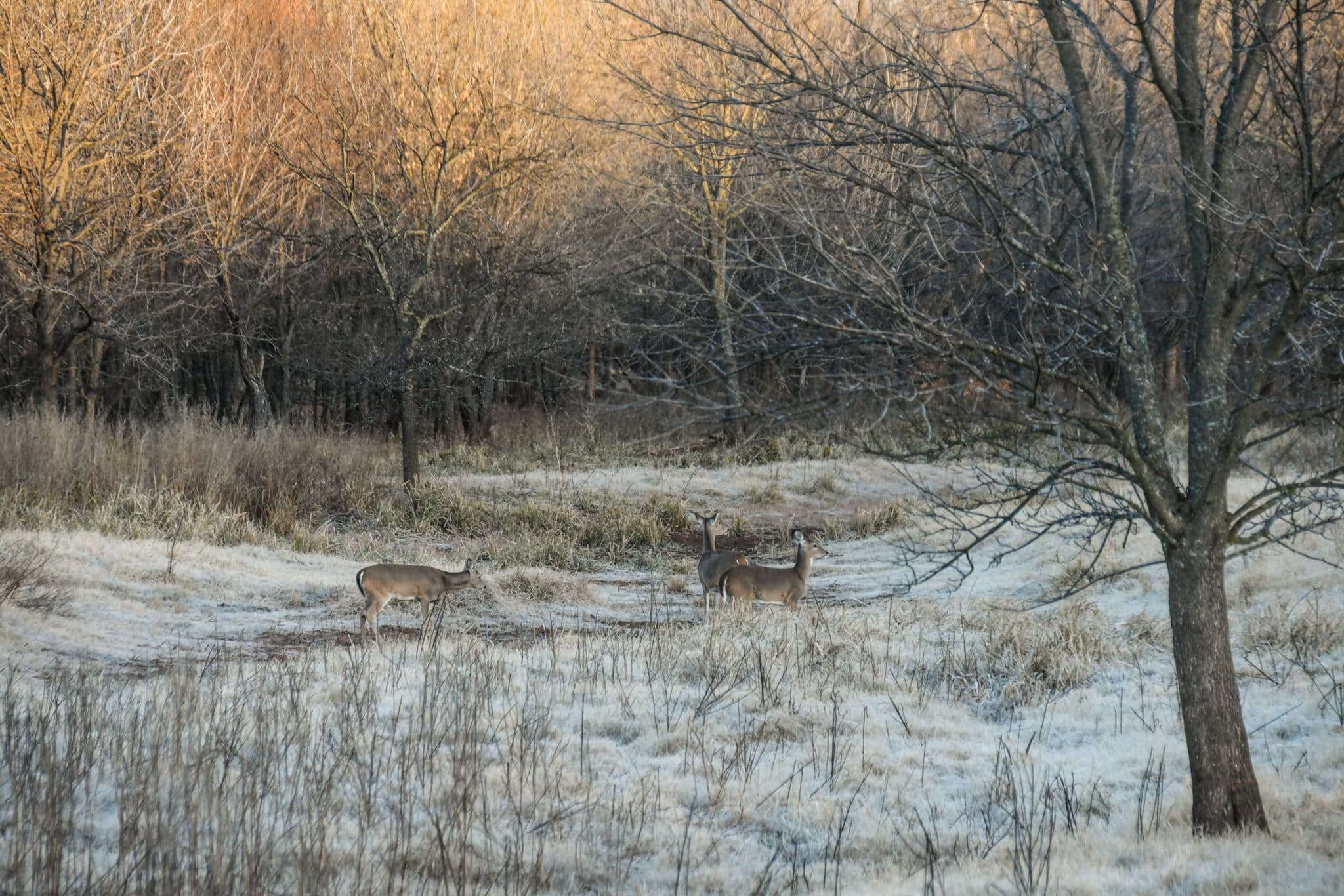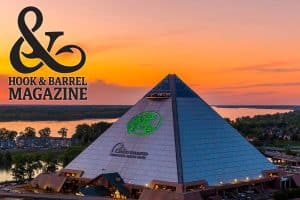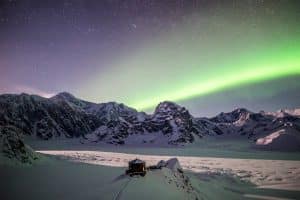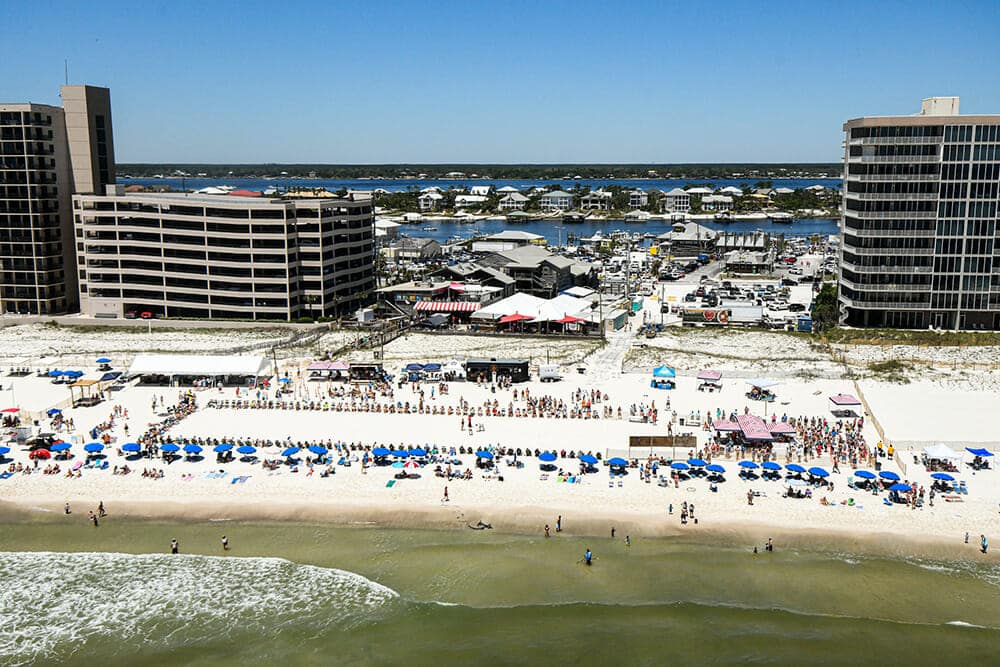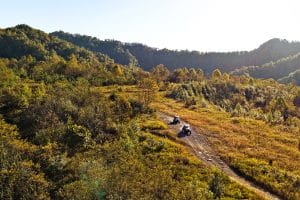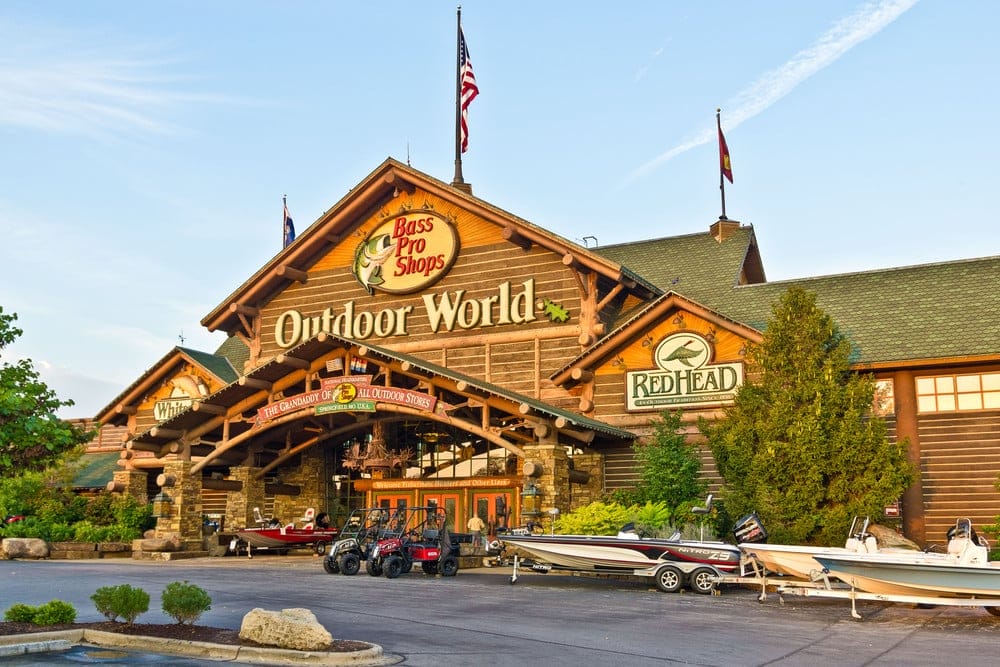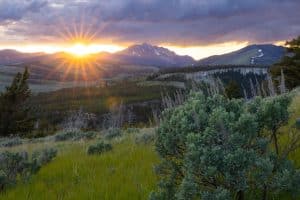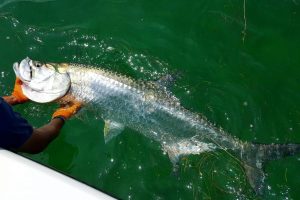- By Lew Freedman

The waterfalls roar, while the mountains soar. Herds of bison possess the right-of-way on the roads. Grizzlies surprise as they amble in the direction of scrambling people. Geysers spew steam 100 feet high. Yellowstone National Park is wild and furry, natural and awe-inspiring, offering something for everyone enthralled by nature. Exploring Yellowstone National Park – the awe-inspiring view.
Some 150 years after the creation of the world’s first national park, the 2.2 million acres of Yellowstone survives and thrives. Sprawled across parts of Wyoming, Montana, and Idaho.
Complete with grizzly bears and wolves, elk and sheep, bison and black bear, opportunities for fishing and camping, thermal features like still-on-time Old Faithful, the spellbinding roaring waterfall of the Grand Canyon of the Yellowstone, or simply for peaceful contemplation, somehow the quintessentially American set-aside landscape has weathered the drastic evolution of the nation around it.
The Promise of Old Yellowstone
The promise of preservation for “the benefit and enjoyment of the people” has been kept since President Ulysses S. Grant signed the establishment of Yellowstone National Park into law on March 1, 1872.
It has been a wild ride, punctuated by sometimes peculiar handling of wildlife and threats from wildfires. The early visionaries such as Frederick Hayden, William Henry Jackson, Thomas Moran, Nathaniel P. Langford, who as the park’s first superintendent was given the nickname “National Park” Langford to conform to his initials, would be astonished over what has transpired in a century-and-a-half.
Yet for all of the technological advancements and changes in society, those 19th-century men who rode horses into Yellowstone, would be pleased they could still fish for cutthroat trout on Yellowstone Lake. Still become lost in the woods, and that bears, exerting a proprietary claim on the lands, could still threaten them. “There’s a lot of successes in the last 150 years,” says current park superintendent Cam Sholly, a 25-year veteran of the National Park Service. “There have been a lot of lessons learned. We’ve really only made substantial progress in protecting this eco-system in the last 50 years.”
The Evolution of Yellowstone National Park
Yellowstone National Park was established by decree but did not spring fully formed. Initially, Congress approved no money to fund staffing. Poachers and lawlessness reigned. Eventually the U.S. Cavalry supervised the show until the Park Service came into existence in 1916.
Recognizing a need to firm up the backbone of support for parks, the first two Park Service leaders, Stephen Mather and Horace Albright, adopted the outlook of encouraging more people to visit and then spread favorable word.
That was a worthy goal. It allowed for such bizarre circumstances as “The Lunch Counter,” with bears fed at a garbage dump as visitors watched from bleachers. Also, park officials eradicated wolves from Yellowstone in the 1920s.
This followed government policy of the 19th century focused on destroying bison so Native-Americans could more easily be herded onto reservations. Indigenous people roamed Yellowstone for 11,000 years, but they did not put down permanent settlements in what became the park.
Preserving the Outdoor Paradise
Bison slaughter reduced the species to a Yellowstone count of 23 at the turn of the 20th century. This took place before the fight against extinction began. Over time, the herd has grown as large as 5,500 in Yellowstone National Park. A recovery now-retired park bison specialist Rick Wallen labeled the “GOAT,” or “greatest of all-time” American species rebound.
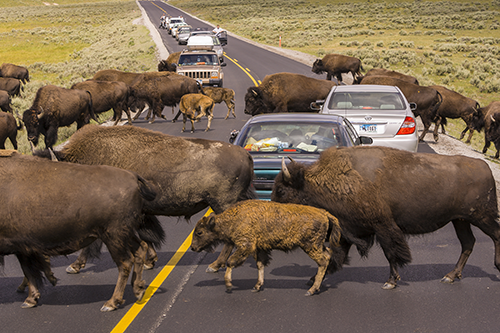
An inter-agency governing body supervises Yellowstone bison, however, capping the numbers. That means each winter the population may be culled to lower the population to around 4,000. As an alternative, the Park Service developed links to more Natives to transfer some Yellowstone bison. “We have moved 160 bison to 16 tribes,” Sholly says as a way to right history. He said the park is seeking an additional $1 million to grow the program.
Bison, more commonly known as buffalo, are “very much symbolic” of Yellowstone, Sholly says. In 2016, President Obama signed a law naming bison the national mammal.
The On-Going Legacy of Yellowstone
Yellowstone remains America’s park. It is the cornerstone of the national park system. And as those early explorers surmised and recognized, has remained special in the minds of nature lovers. The park expects a new attendance record, topping 5 million, will be set this year.
Yellowstone National Park is a respite from the hurly-burly world outside park boundaries. Despite mobs of people in summer, touring in their own cars. Yellowstone remains sufficiently frozen in time. This satisfies even those who seemingly cannot live longer than a few hours without cellphone service.
In many corners, Yellowstone is so beloved that any hint of menace can rouse public opinion. In 1988, a series of wildfires burned 793,000 acres, stoking fear Yellowstone would never be the same. The debate over Park Service policy in attacking wildfires created a national controversy. Though since then scientific opinion has coagulated that some fires are good for the ecosystem.
A Delicate Ecosystem
The shocking appearance of lake trout in Yellowstone Lake is a genuine threat to cutthroat trout. The 136-square-mile freshwater lake located at 7,732 feet of altitude with a depth to 394 feet, is a scenic jewel. Native cutthroat have always been a major element in the food chain. And the illegally deposited lake trout were bent on destroying them.

The park has battled the influx, spending $2 million annually to remove about 400,000 of the invasive species each year. The humans are slowly winning this war. “We almost lost a cornerstone species,” Sholly says.
A Hotspot for New Explorers
Once so isolated from mainstream America the only way to explore its hot springs and mountains was to arrive by stagecoach, Yellowstone National Park morphed into a bucket-list journey as its road system (not more than 45 mph, please) expanded.
Nowhere else in the Lower 48 are the vistas so dramatic and the wildlife population so diverse, people become so readily smitten. They fill their senses and touch history, and nature and the combination seduces them.
The park’s summer season begins in April as five entrances open. These are the only entrances until the East gate, on the Cody, Wyoming, side, opens in early May. By the time rangers swing open that gate, the waiting line may stretch a mile long. With some tourists vying for the caché of being first in. Many are regulars.
Daniel Bradford of Cody has entered first, and is almost always early. “I like to walk around by myself,” he says. Where the crowds are limited, the land whispers to him.
In this milestone year, the Park Service is reaching out and highlighting old Native-American connections long ignored. Yellowstone now has associations with 27 native tribes. And plans to open a tribal heritage center at Old Faithful in 2022. And in August there will be a teepee village on display.
The anniversary will be a time for reflection, but the overriding mission since 1872 remains the same. It’s about protection, and the standard is high, Sholly says, being “A model for the rest of the world.”






